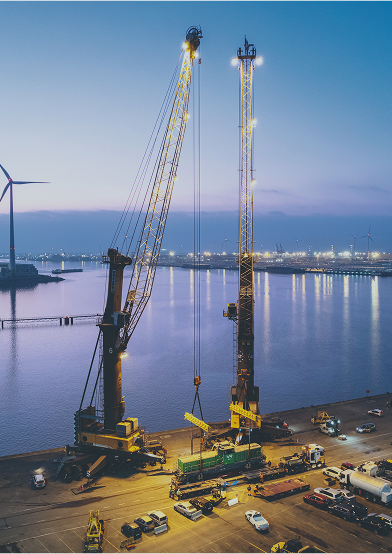The global energy landscape is rapidly transforming, driven by the need to reduce carbon emissions and transition toward sustainable energy sources. As nations and industries pursue ambitious goals, this energy shift presents both challenges and opportunities.
The energy market spans a wide range of industries, including upstream oil and gas, LNG plants, conventional energy projects, and renewable energy like wind, hydrogen, biomass and carbon capture. For all modern power projects, the transport of vital components—such as transformers, turbines, generators, batteries and cables—is essential.
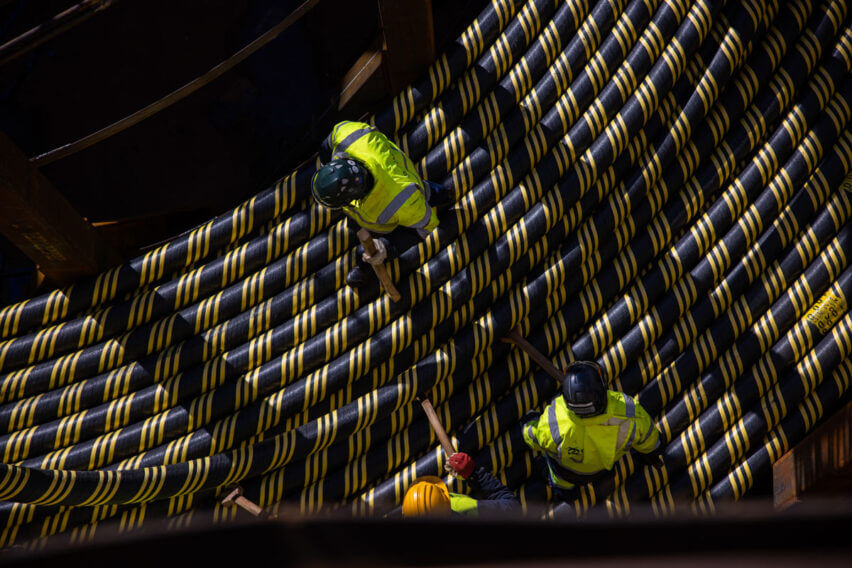
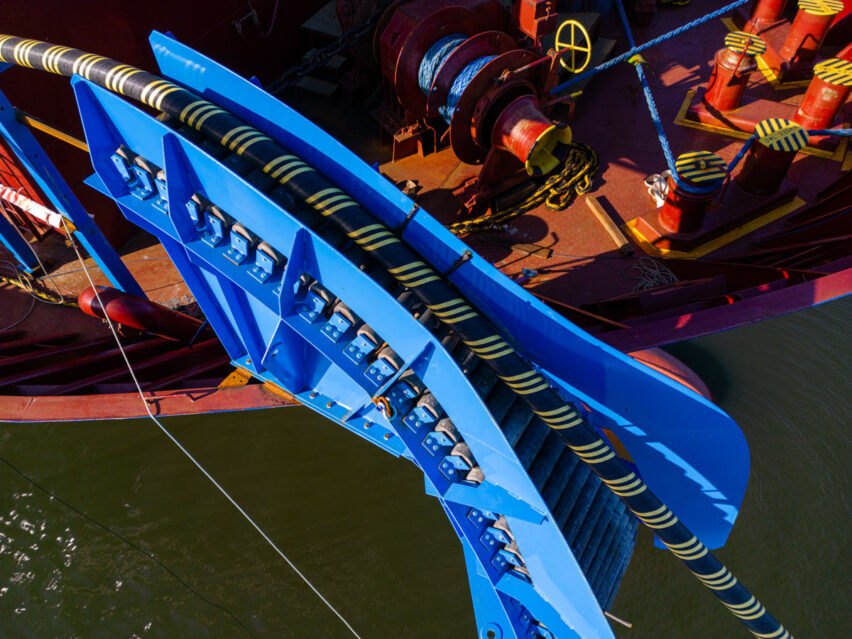
To achieve net-zero emissions by 2050, a complete overhaul of the global energy system is required, with electricity at the forefront. The transition’s pace will depend on political decisions, technological advances and infrastructure development. Sustainability, security and affordability must be central to energy policies. Logistics providers play a pivotal role, facilitating the transport of increasingly large and complex assets, optimizing transport methods and managing costs.
Despite the rapid expansion of renewable energy, electricity grids face challenges in keeping up. Many existing grids, designed for fossil-fuel-based power, struggle with integrating intermittent renewable sources like wind and solar, leading to grid instability and regulation issues. The rise of electric vehicles and other electrified sectors is further increasing grid demand, pressing the need for expanded grid capacity and energy storage solutions.
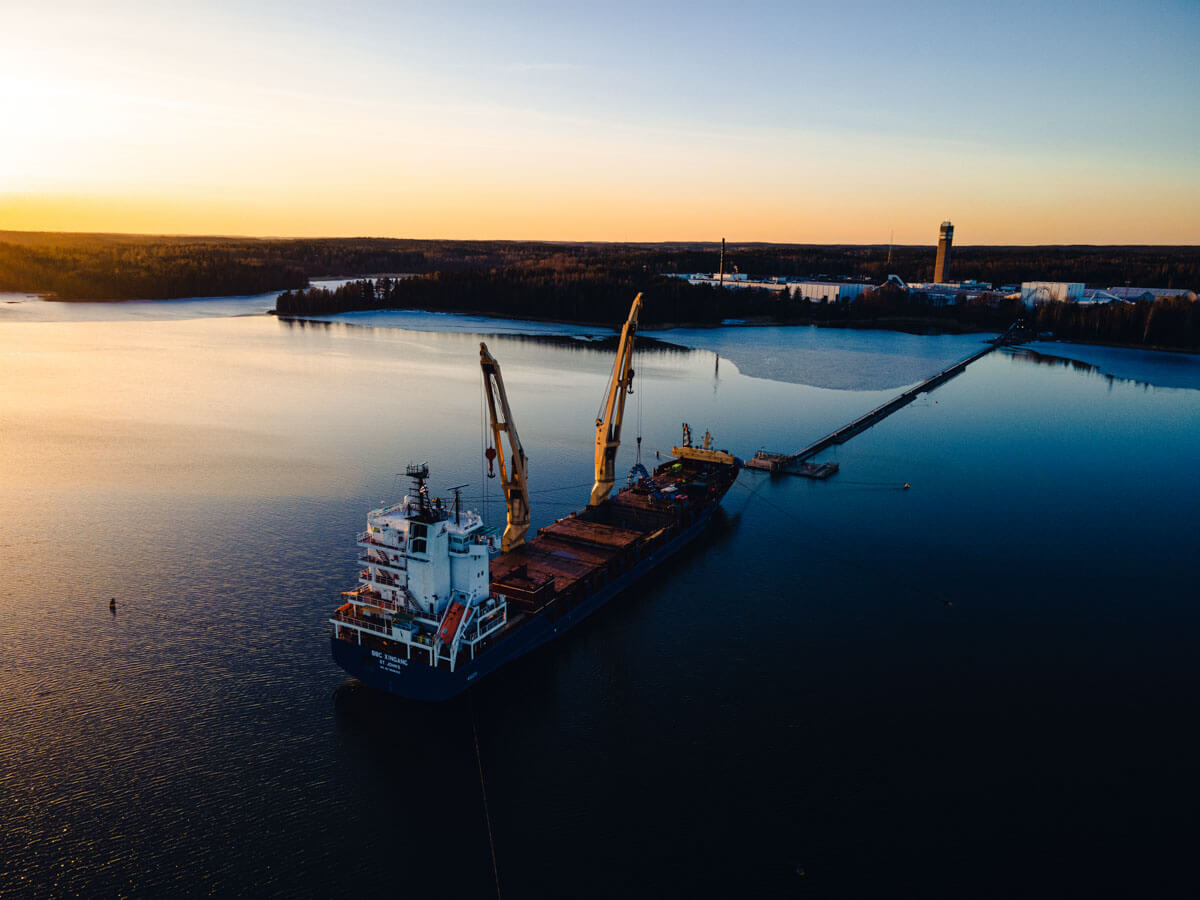
Grid investments are expected to rise dramatically. The International Energy Agency (IEA) estimates that annual power grid investments must increase from $250 billion in 2022 to $650 billion by 2050 to support renewable energy growth and ensure grid reliability. This includes both upgrading the centralized infrastructure and developing decentralized systems, such as rooftop solar and community wind projects.
Smart grids, using digital technologies to optimize energy flows, are becoming crucial in this transition. These systems balance supply and demand, enhance energy efficiency and improve renewable energy integration. However, high costs, regulatory barriers and an aging infrastructure pose significant obstacles to smart grid implementation. Transporting large, complex components—like transformers and high-voltage cables—presents additional logistical challenges, requiring advanced equipment, route planning, and coordination across borders.
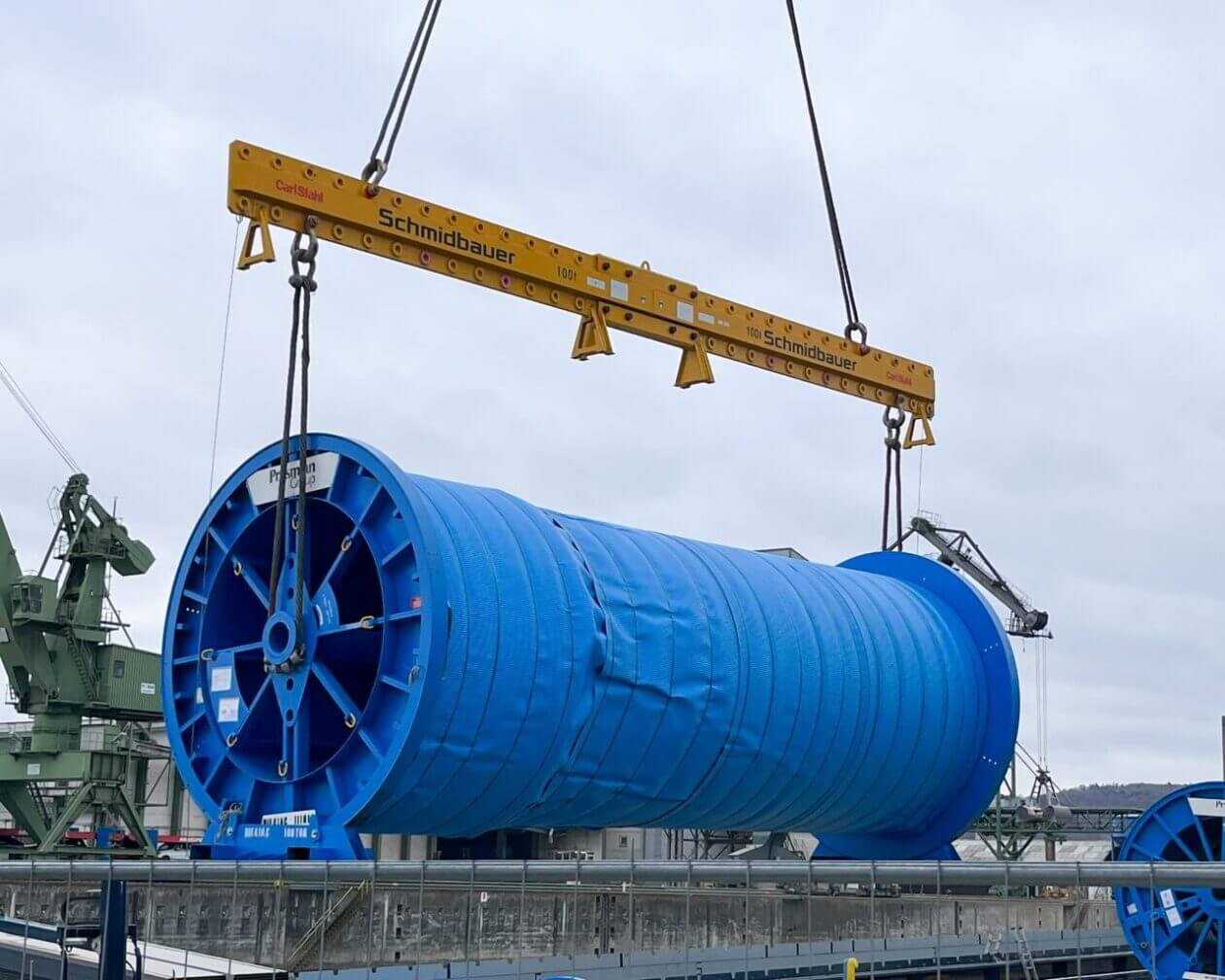
One key example is Germany’s SuedOstLink Project, which deugro is proud to be part of. This project will connect the country’s northern coast to the south, reducing energy loss during transmission. Over the next 3.5 years, deugro will transport more than 800 cable drums to 120 job sites across Bavaria, supporting the nation’s energy infrastructure. The project scope includes over 2,400 oversized transports, using custom-designed equipment for efficient delivery.
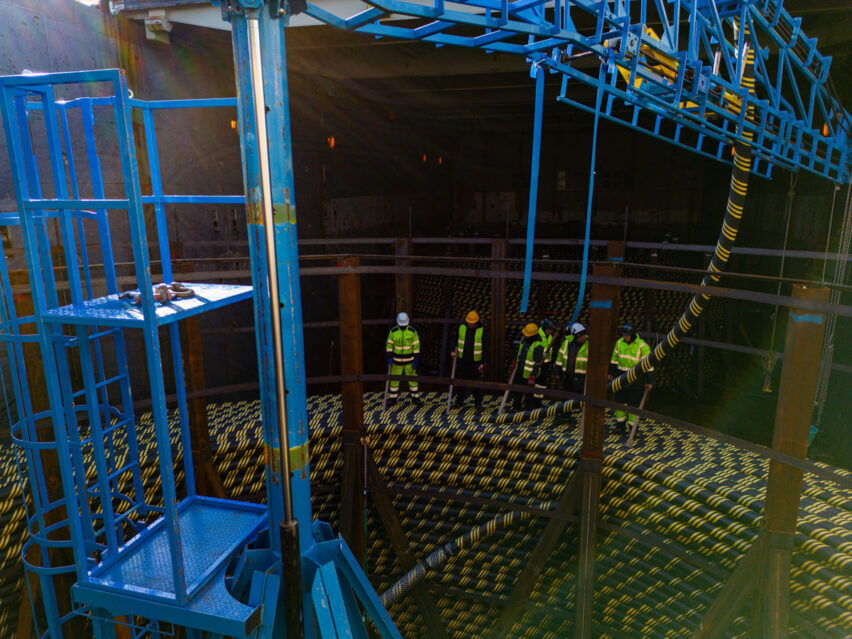

In the recent Turkish Crossing Project, deugro Italy, in cooperation with deugro Chartering, successfully delivered 54 kilometers of HVAC cables to a cable-laying vessel in Turkey, ensuring the continuation of highly urgent cable-laying operations.
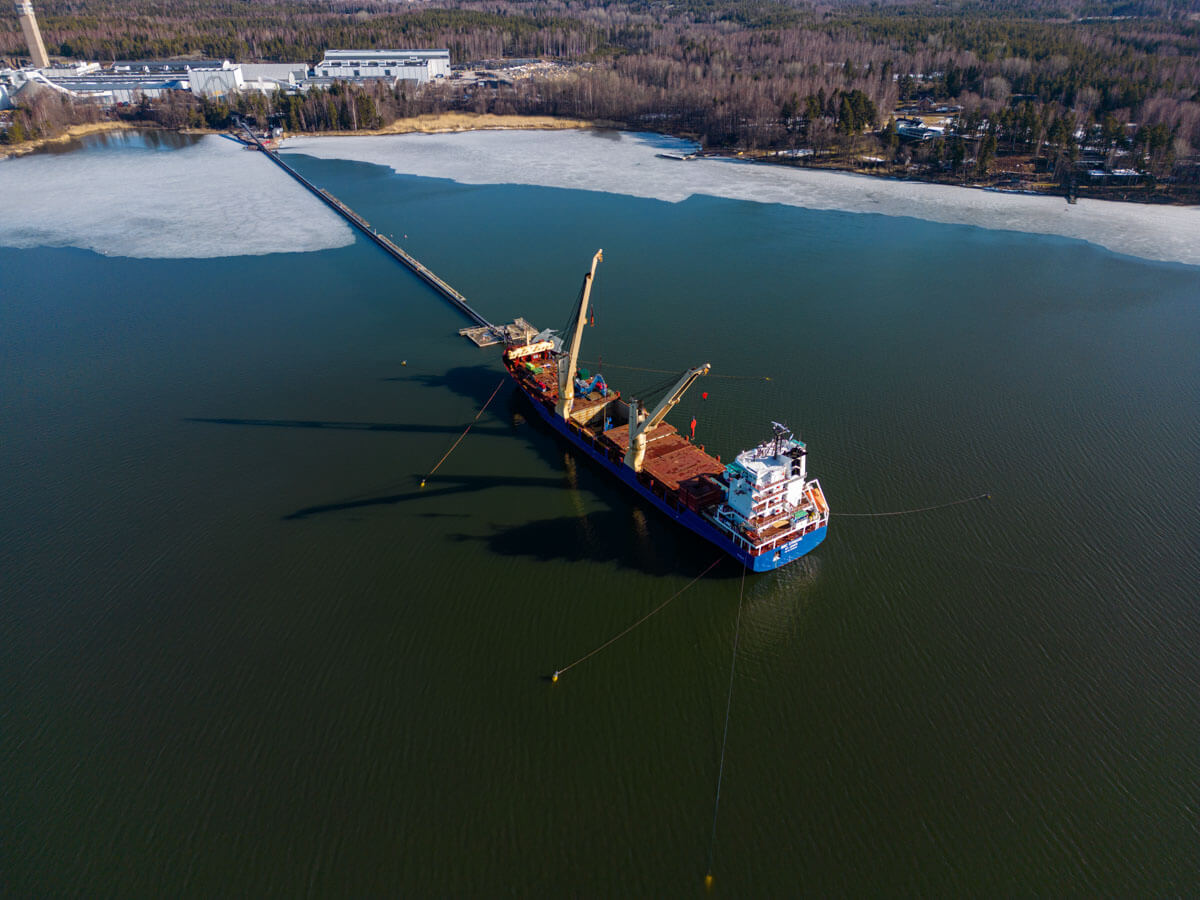
As we move toward a net-zero future, renewable energy must expand rapidly, and logistics providers will be key to ensuring timely and efficient delivery of critical components. Modernizing electricity grids is essential to integrating renewable energy successfully. While the challenges—ranging from an aging infrastructure to regulatory hurdles—are considerable, so are the opportunities for innovation and growth across the supply chain. The global push for sustainable energy systems is set to reshape the future of power generation and distribution.
